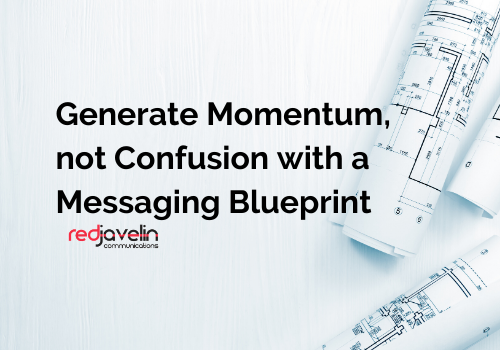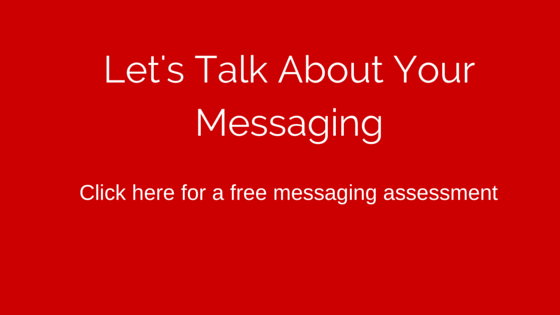 In a previous post, we have talked about the success of Amazon’s flywheel strategy and the necessity of having a marketing flywheel to generate momentum for your company. Without a messaging blueprint, your marketing flywheel won’t generate momentum, it will generate confusion.
In a previous post, we have talked about the success of Amazon’s flywheel strategy and the necessity of having a marketing flywheel to generate momentum for your company. Without a messaging blueprint, your marketing flywheel won’t generate momentum, it will generate confusion.
What is a flywheel and why is it important?
It is important to understand one of the most famous flywheels, Amazon’s “virtuous cycle.”
A flywheel is an incredibly heavy wheel that takes huge effort to push. Keep pushing, and the flywheel builds momentum. Keep pushing, and eventually, it starts to help turn itself and generate its momentum. A flywheel is also a self-reinforcing loop made up of a few key initiatives. Those initiatives feed each other to build long-term momentum.
How does the flywheel apply to marketing?
Marketing’s role in any company is to accelerate revenue. Period. If marketing is not contributing to the bottom line, there is no reason for it to exist.
To accelerate revenue, the marketing team has two primary objectives; raise brand awareness and generate leads. In successful companies, every marketing program, campaign, and activity supports one or both of these objectives. Raising brand awareness is a long game, whereas generating leads is a short game, but both feed each other. The more leads generated, the higher the brand awareness. The more reach your brand has, the more leads generated.
And here is where marketing teams get tripped up.
You can put all the tactics in place, but if your messaging is inconsistent, your flywheel will generate confusion instead of momentum.
Do you remember the “Rule of Seven”? In the early days of advertising, it was discovered that a prospect needs to hear your message at least seven times before they could recall your brand. Well, that still exists in the digital age. With shorter attention spans, some believe it is more like the Rule of Twelve. Whether it is seven or twelve, the point is that prospects need to hear your message at every stage of the buying cycle, multiple times.
If your message is not consistent in every channel and at every stage of the buying cycle, then you are creating confusion instead of aiding sales. So how do you get all of your campaigns and activities on the same page?
With a Messaging Blueprint.
The Messaging Blueprint
A Messaging Blueprint is a road map that forms the foundation of all of your communications. It helps you speak with a clear and consistent voice across your website, public relations, advertising, content, events, social media, and every other marketing activity that you will do. It includes brand, product, and sales messaging so that communications work together to generate a surround-sound effect to drive momentum.
A Messaging Blueprint also allows you to scale. You can hand it to an agency or a freelancer and ensure that the project stays on message. Have you ever seen a firm where their website language doesn’t match their sell sheets and doesn’t match their sales decks? It makes the company look disjointed.
What’s included in a Messaging Blueprint?
- Personas - A marketing persona is a semi-fictional representation of your ideal target customer and influencers in the buying cycle based on market research, interviews with customers and sales, and real data about your target market. You need to thoroughly understand who you are selling to, what they care about, and what motivates them to buy your products and services.
- Competitive Audit - Never underestimate your competitors. To create differentiated messages, you need to understand what your competitors are communicating. A Messaging Blueprint assesses your competitors from a communications point-of-view – it is not a competitive product assessment.
- Brand Message – Your brand story talks about why your organization is relevant, how it intersects with today’s trends and market opportunity, and how it connects with media. Your brand story is a collection of stories told over time to build your brand’s reputation and credibility in the market. Each story feeds into an overarching story line (defined in your Messaging Blueprint) and illustrates what type of company you are, your place in the industry, your ability to understand your customers, your vision, what you offer, and what others believe and say about you. Your brand story is typically the content used to expand your reach.
- Product/Sales Message –Your sales message convinces prospects to choose your brand over the competitors and moves them closer to the sale. These are the messages that you use to generate leads.
- Pitches – Your elevator pitch, PR pitches, and prospect account-based messaging.
You may be interested in:
What is the Difference between your Brand Story & Sales Message?
The Number One Reason Why You Need a Marketing Flywheel




